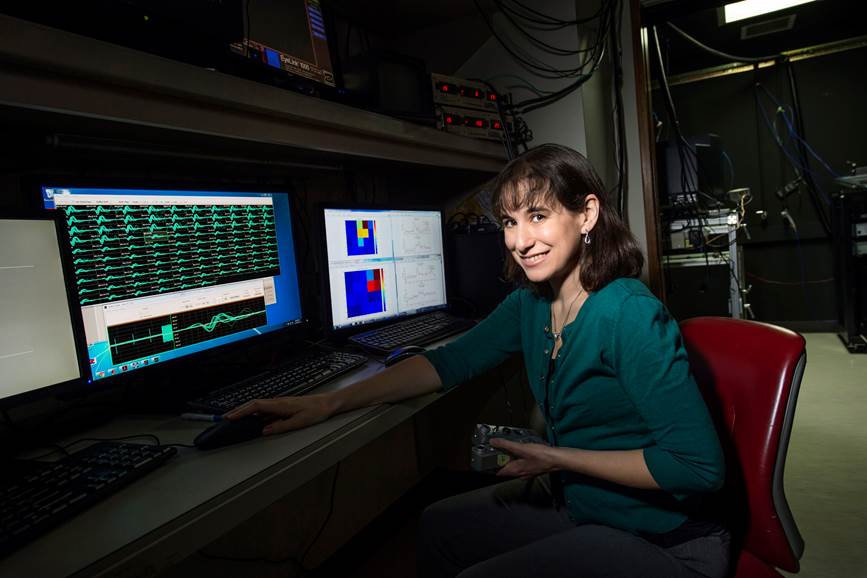
Understanding the relationship between neuronal variability and behavior
Description
The responses of pairs of neurons in visual cortex to repeated presentations of the same visual are typically correlated, but the importance of this correlated variability has been the subject of much debate. We took a practical approach, reasoning that if correlated variability is important for perception, it should be closely associated with visually guided behaviors. I will discuss results showing that correlated variability in visual cortex 1) has a consistent relationship to performance on perceptual tasks, regardless of whether performance is affected by cognitive factors that change quickly (e.g. attention), slowly (e.g. learning), or for reasons outside experimental control, 2) is oriented along the same dimensions in population response space that are most predictive of behavior on individual trials, and 3) is selectively communicated to downstream areas involved in decision making. These results suggest that animals behavior suboptimally in a particular way, such that correlated variability has an outsized impact on performance. We propose that even in well-practiced behavioral tasks, animals optimize the way they use sensory information for the very large range of stimuli and tasks they encounter in the natural world, making correlated variability a critical limit on performance.
Speaker Bio
My group studies the way visual information is encoded in groups of neurons and used to guide behavior. Thousands of times each day, our brains must evaluate a complex visual scene, extract the important sensory information, and make quick decisions about how to act based on that information. We are interested in neural processes such as visual attention that make it possible to flexibly pick out visual information that is relevant to the task at hand. Our experiments and computational work are also aimed at understanding the principles by which that information is encoded in different stages of the visual pathway.
We use a combination of single and multi-electrode electrophysiology, psychophysics, and computational techniques to study how sensory information is encoded in groups of neurons and the relationship between the activity of different groups of neurons and behavior. The most important part of our approach is to record the responses of many neurons simultaneously. Measuring the responses of groups of neurons gives us a glimpse of the sensory information available to a subject at a given moment and can give insight into which aspects of the population code are important for neural computation and how the responses of visual neurons are related to perceptual decisions.
I am a member of the University of Pittsburgh Department of Neuroscience and the Center for the Neural Basis of Cognition. Potential graduate students should apply through either the Center for Neuroscience Graduate Training Program or the Program in Neural Computation, and potential postdocs should contact me directly.
I was a postdoctoral fellow in John Maunsell's lab in the Department of Neurobiology at Harvard Medical School. I did my graduate work in Bill Newsome's lab in the neuroscience program at Stanford University.

